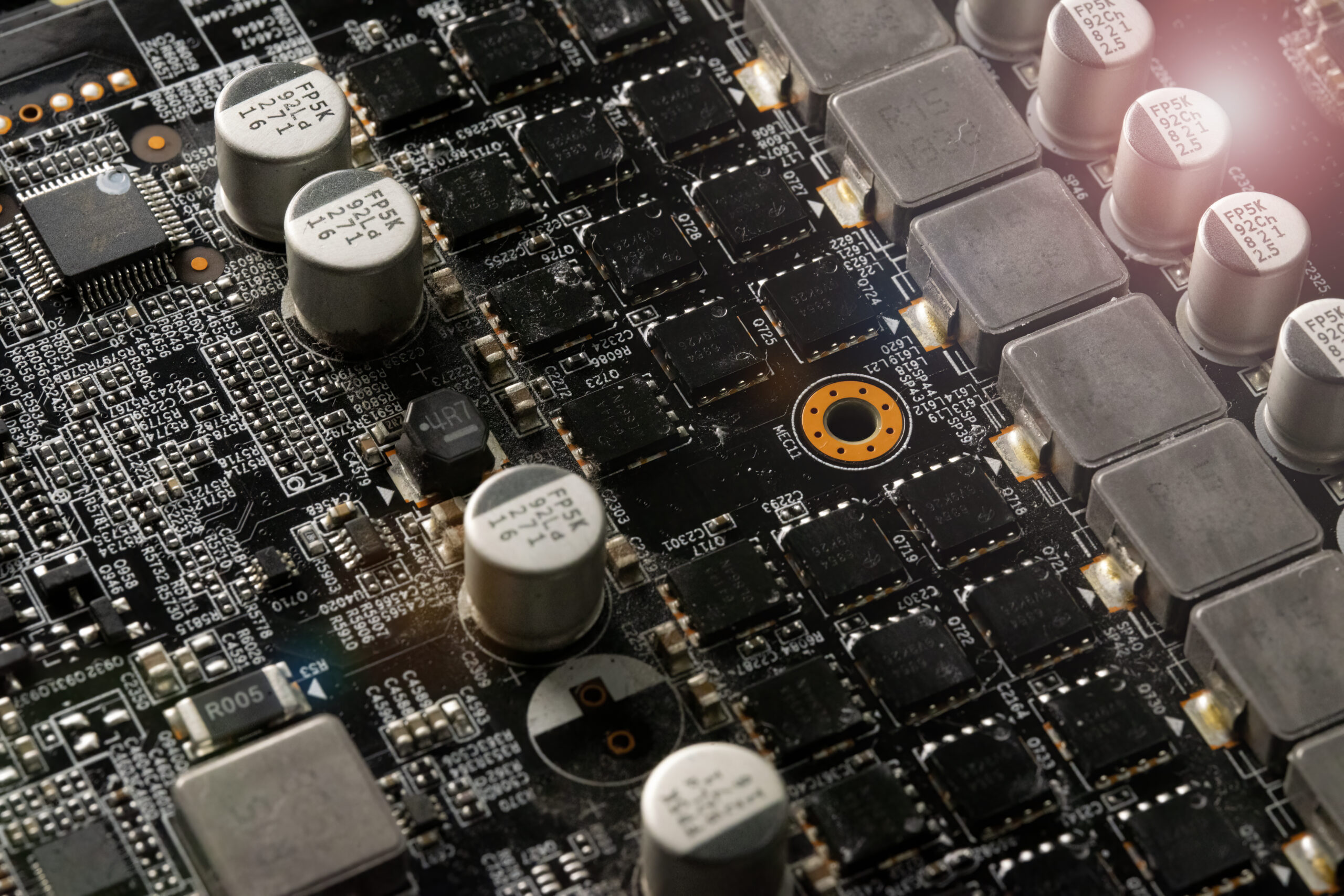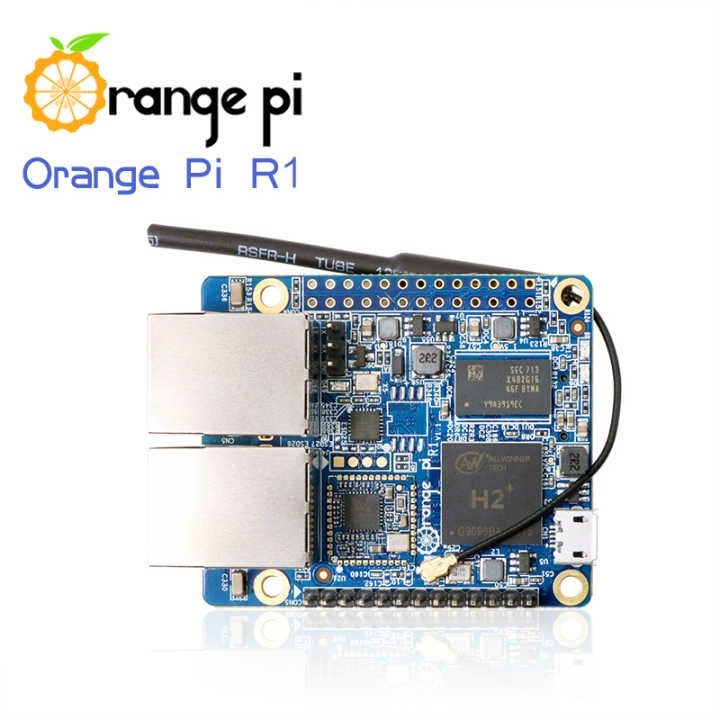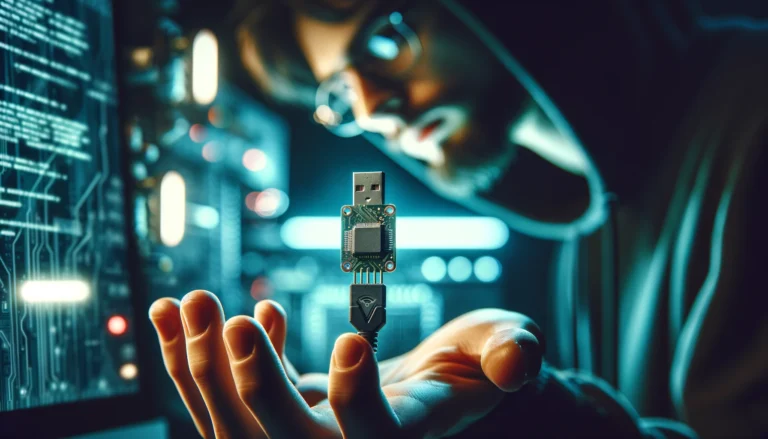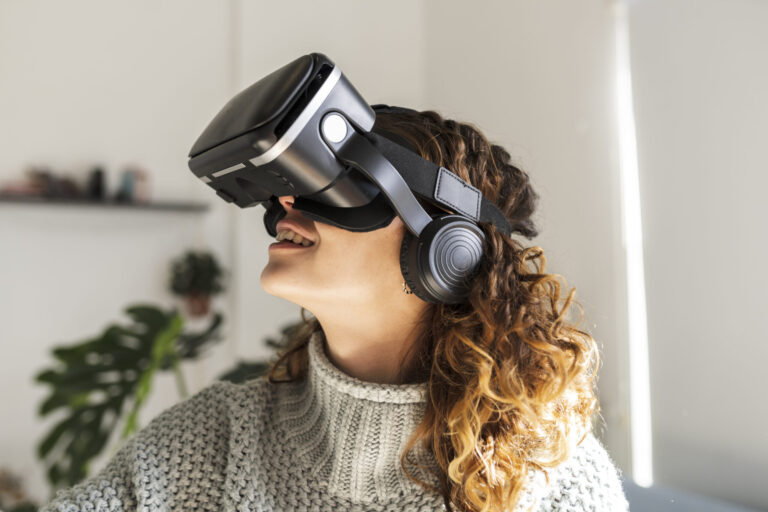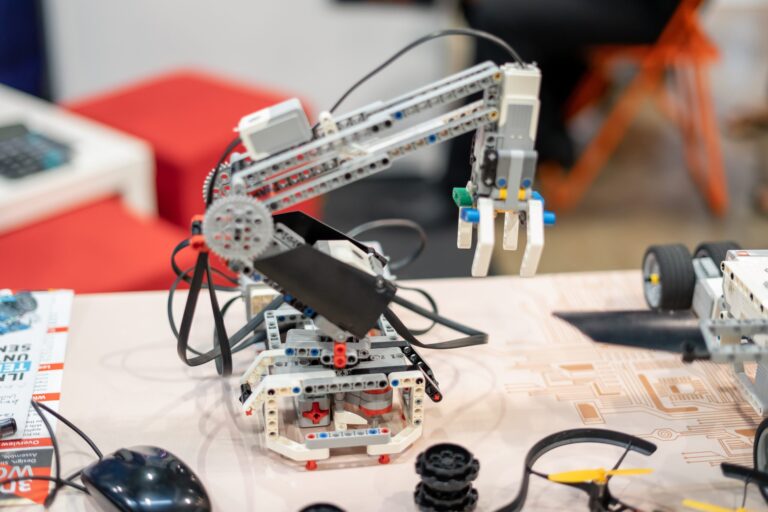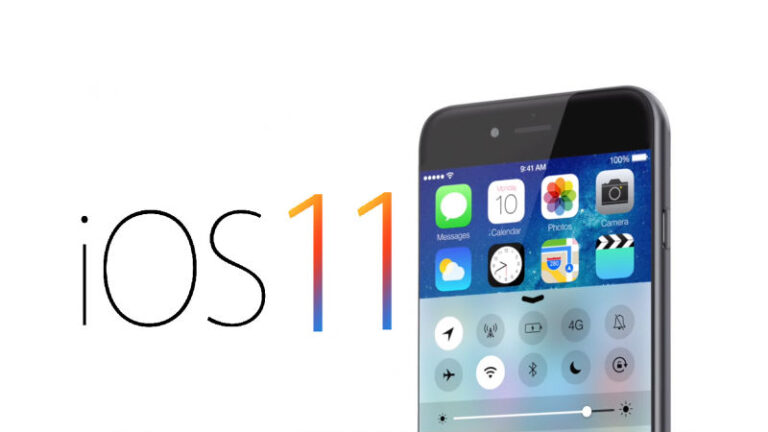All You Need to Know About RP2040 Microcontroller for Your Projects!
The ability to design microcontroller-based circuits is one of the most crucial skills that would benefit any electronics hobbyist the most. Modern life has been shaped by a technological revolution that was fundamentally aided by the microcontroller. Microcontrollers are compact, adaptable, and reasonably priced electronics components that can be successfully used and programmed by hobbyists, students, and experts from a variety of fields in addition to experienced electronics engineers.
It’s hardly brand-new information that the Raspberry Pi has dominated the microcontroller industry. However, there is now a choice for you if you require a smaller, more portable version with a few unique features: the RP2040 MICROCONTROLLER! In order to be used in various projects where size and power are more important than difficult programming, Raspberry Pi developed this new chip. Additionally, they released their own board named Pico along with this new item.
What is a microcontroller?
A microcontroller is an embedded device that controls a single function in a device. It accomplishes this by processing information from its I/O devices using its central processor. These devices are designed for embedded applications that need both processing capability and quick, accurate communication with electronic, digital, or analog parts.
Microcontrollers in DIY Electronics Projects
Your own DIY electronics projects may benefit greatly from the use of a microcontroller. The most efficient way to create incredible circuits is to use one of these boards, especially if you are not an expert programmer or don’t have the time to learn.
Microcontrollers in Everyday Life
In daily life, these chips with embedded software have many functions. Why choose anything else when they are used for everything, from running medical equipment to operating household appliances like refrigerators and ovens? Their main benefit is simplicity; all that needs to be done is connect them where needed and begin coding without concern for compatibility issues. You will have more options than ever before for what you want to do or need to do thanks to their low price and size! If you’re
working on Arduino projects already, you don’t need a Raspberry Pi, and vice versa.
What is RP 2040?
Raspberry Pi Ltd.’s RP2040 is a 32-bit twin ARM Cortex-M0+ microcontroller integrated circuit. Large on-chip memory, a symmetric dual-core processing complex, a deterministic bus fabric, and a comprehensive peripheral set are all features of the RP2040 microcontroller device. These chips also feature thorough documentation, a well-executed MicroPython port, and a UF2 bootloader in ROM. They are enhanced with a special programmable I/O (PIO) subsystem for power and flexibility. The affordable modules are made to provide excellent performance and simplicity of usage. Stateless hardware, the RP2040 supports cached execute-in-place from external QSPI memory. With this approach, applications can select the non-volatile storage density that is best for them.
RP 2040 Specifications
The RP2040 MicroController is a brand-new chip that supports Python and C/C++. It’s an extremely small (the size of the tip of your finger) single-board computer with integrated USB, SPI, UART, and I²C bus support as well as one 12-bit ADC channel. The main advantage here is the ease to program this device using different programming languages like Python or C++!
It can run at speeds up to 133 MHz, has 16MB user flash memory for storing programs, and has 512-byte EEPROM. For wireless connectivity, it features Bluetooth BLE v5 & Wi-Fi 802.11 b/g/n standards on Chip Antenna also available in two versions: Pro+WiFi(with antenna) and Pro(no antenna).
Key features:
- Dual ARM Cortex-M0+ @ 133MHz
- 264kB on-chip SRAM in six independent banks
- Support for up to 16MB of off-chip Flash memory via a dedicated QSPI bus
- DMA controller
- Fully-connected AHB crossbar
- Interpolator and integer divider peripherals
- On-chip programmable LDO to generate the core voltage
- 2 on-chip PLLs to generate USB and core clocks
- 30 GPIO pins, 4 of which can be used as analog inputs
- Peripherals
- 2 UARTs
- 2 SPI controllers
- 2 I2C controllers
- 16 PWM channels
- USB 1.1 controller and PHY, with host and device support
- 8 PIO state machines
Where to Purchase RP2040?
It’s time to find out where you can buy the RP 2040 board now that we’ve finished discussing its features and benefits. Purchase it from PCBWay. Check out our website for more details about them. They also have other boards like the MicroMod Processor Board for maximum flexibility, which is ideal if you’re looking to build something large and complex.
PCBWay is committed to meeting the quality, delivery, cost-effectiveness, and other demanding needs of customers across a wide range of sectors. They have more than ten years of experience in PCB prototypes and fabrication. In Hangzhou, China, PCBWay was established in 2014 as a PCB manufacturing company. They are experts at producing small- to medium-sized PCB prototypes. 250 000 customers around the world have used their products, which have been sold in 150 different nations. You can find everything you need for your electronic project at PCBWay.
They have a thriving community of people who contribute to IoT projects. Even the most ideal Internet of Things project can be realized with the assistance of PCBWay’s extensive selection of essential components. People can share knowledge, exchange ideas, and discuss issues pertaining to open-source software and the Internet of Things within this forum (IoT). There are a wide variety of IoT-related projects available there.
PCBWay RP2040 ESP12F IoT Module
Multiple languages, including C/MicroPython/CircuitPython, are supported by the PCBWay RP2040 ESP12F IoT module, greatly enhancing its usability. Additionally, it shares an RP2040 chip with the Raspberry Pi RP2040 ecosystem, indicating compatibility. You will find the PCBWay RP2040 ESP12F IoT module to be a fantastic tool for learning MicroPython.
Features of PCBWay RP2040 ESP12F IoT Module
High Performance
Powered by Raspberry Pi 2040 chip, dual-core operating up to 133 MHz, equipped with 264 KB of SRAM, and 2MB of onboard flash memory.
Raspberry Pi RP2040 Microcontroller Chip is the debut microcontroller from Raspberry Pi. It brings high performance, low cost, and ease of use to the microcontroller space. The RP2040 has a large on-chip memory, symmetric dual-core processor complex, deterministic bus fabric, and a rich peripheral set.
Small Design
60 x 90mm, with ESP8266 and 0.96’’ oled interface, suitable for wearable devices.
The ESP-12F module’s ESP8266 core processor integrates the market-leading Tensilica L106 in a smaller package.
Multiple Develop Platform
Support Arduino / Micropython / CircuitPython development.
It has an ultra-low power 32-bit micro MCU with a 16-bit simplified mode, supports RTOS, and has integrated Wi-Fi MAC/BB/RF/PA/LNA. The standard IEEE802.11 b/g/n protocol and the full TCP/IP protocol stack are supported by the ESP-12F Wi-Fi module. This module can be used to create a standalone network controller or to enhance the networking capabilities of already-existing devices.
Conclusion
The Raspberry Pi Foundation created the Raspberry Pi Pico to be used in projects where size and power are more important than complex programming. It is a low-cost, high-performance microcontroller board. With numerous GPIO pins, built-in USB device support (including HID), a variety of pin functions, and a Python library, this little guy has everything you could possibly need for your project. It can operate at up to 133MHz of speed. The compact form factor of this product is its best feature. PCBWay is a strong choice that you should think about using if you’re interested in working on projects with the RP2040.
